Give me long, sandy beaches near historic sites with pretty birds flying around and I’m good.
Tybee Island gave me exactly that.
Known as Savannah’s beach (it’s only a 20-minute drive from the city), the island also offers plenty of outdoor activities.
I loved the relaxed vibe, the bohemian flair, and the coastal art you find in its galleries.
You can also plan your visit as part of a trip to Charleston or a trip to beautiful Beaufort, SC.
Disclosure: This post contains some affiliate links. If you make a purchase through those links I will earn a commission at no additional cost to you (zero, nada). To check the full disclaimer, click here.
If you’re a history buff and a nature lover, this is how you can plan your adventure to Tybee Island.

Table of Contents
A Brief History of Tybee Island
The Spanish flag was the first one to fly on these shores in 1520, the same shores where Native Americans hunted, fished, and harvested precious salt (Tybee means salt in Native American Euchee).
Over the next decades, the Spaniards took several exploratory trips and attempted to cement their colony until pirate Francis Drake rained on their parade in 1586.
Then in 1605 France also wanted a piece of the pie so Spain had to fight them too.
But in 1663 England said No, it’s our pie! They had colonized the Carolina area and were determined to expand south.
And so they did. In 1686 Spain crawled back to Florida and Oglethorpe founded the colony of Georgia in 1733, in Savannah.
This island is in such a strategic position that the following year he sent 10 families to populate it. But back then it was mostly marshes and a horrible place to live.
Half the people died and the other half said We’re out of here!
Tybee Island Population at the end of 1735: 1
It slightly increased to a handful after the first lighthouse was built in 1736 when the keeper joined the River Pilots.
Fast forward the clock to the Civil War era in 1862, and you’ll find Tybee at the centre of the action. From here the Union forces defeated the Confederate Army in the battle of Fort Pulaski, marking an important step in the abolition of slavery in the United States.
Another type of action was going to take place towards the late 1800s.
The island would become a resort town with big hotels popping up, entertainment venues, and a train from Savannah that made it easy to come here. It was a hit but once Highway 80 was ready in 1923, the train slowly died down.
But a few years after the expansion boom, people didn’t want to come here anymore. Let’s go to Florida instead! they said.
Over the next decades, up to the 1970s, the town turned into a sketchy place until it slowly recovered and people started building their vacation and permanent houses.
Today, Tybee Island is a lively place with many things to do.
Visit the Tybee Island Light Station (and See the Best View of the Island)
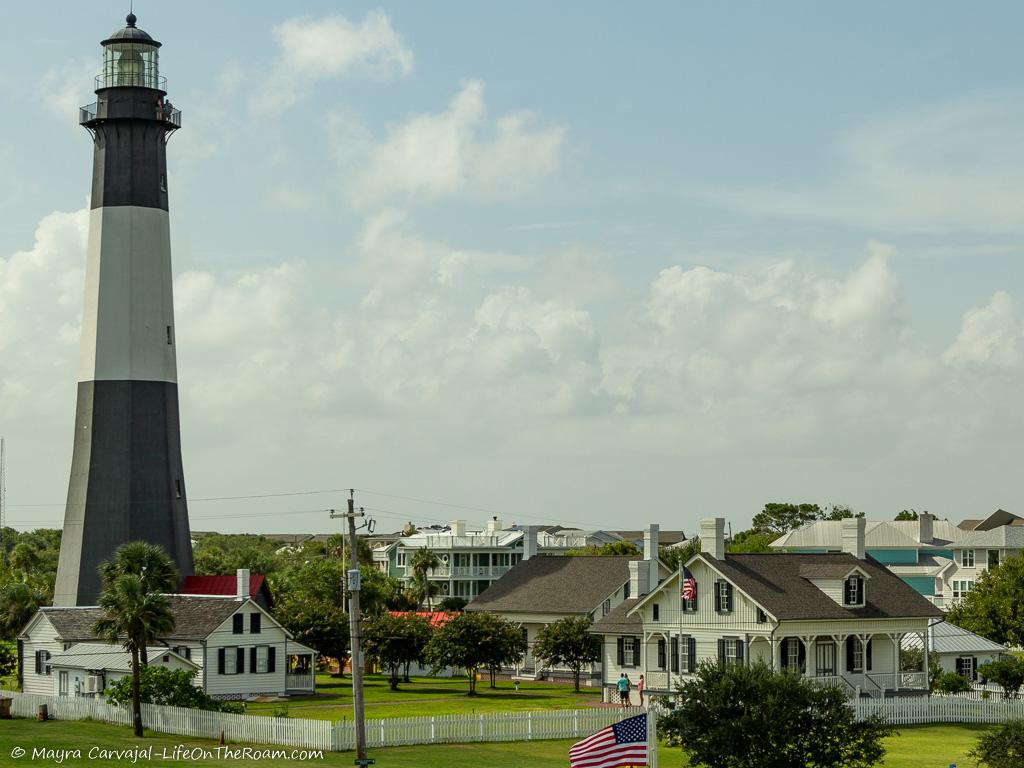
The Historic Lighthouse
The first lighthouse on Tybee Island was completed in 1736, the oldest in Georgia.
I say “first” because, like many other structures around this area, this one is not the original. Because, well, hurricanes happen, war happens, and unless you’re good whiskey, time isn’t kind.
You’re looking at version 3.0 of the lighthouse. A 145-foot-tall brick structure -Georgia’s tallest-, rebuilt from the one erected by John Mulryne in 1773, in location number three.
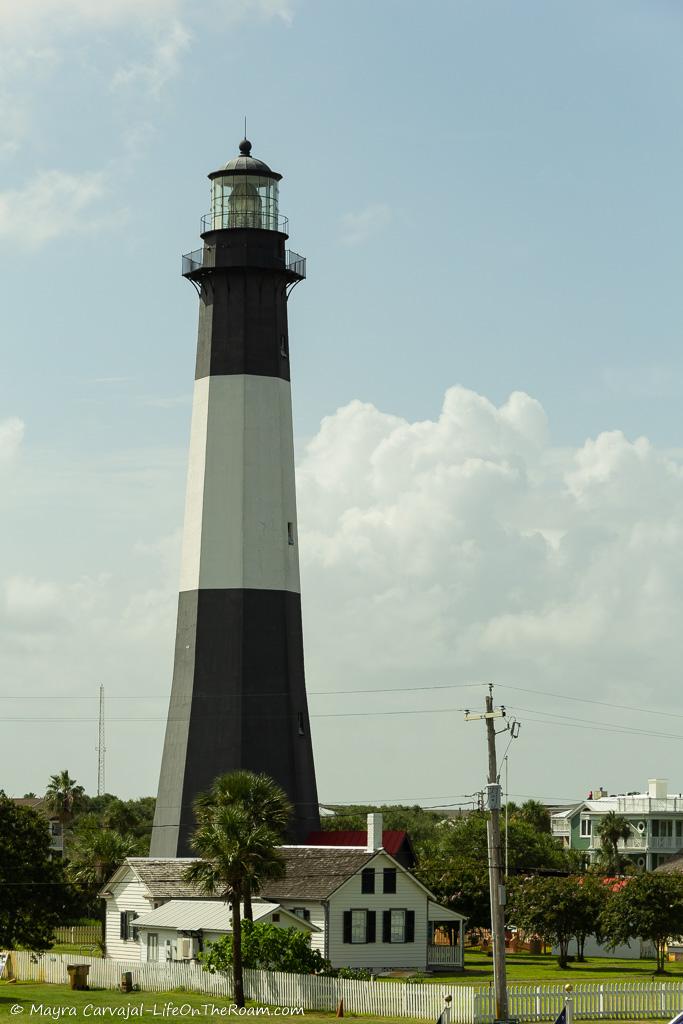
The first 60 feet of the tower are part of the original construction.
Curious fact: it wasn’t until 1791 that the lighthouse got its light. Before that, it was a daytime landmark.
Beyond helping with navigation, this landmark also helped during wars to spy what enemies were up to (Hmmm….What is the Union Army planning over there?) and to alert Savannah of possible attacks (The British are coming! The British are coming!)
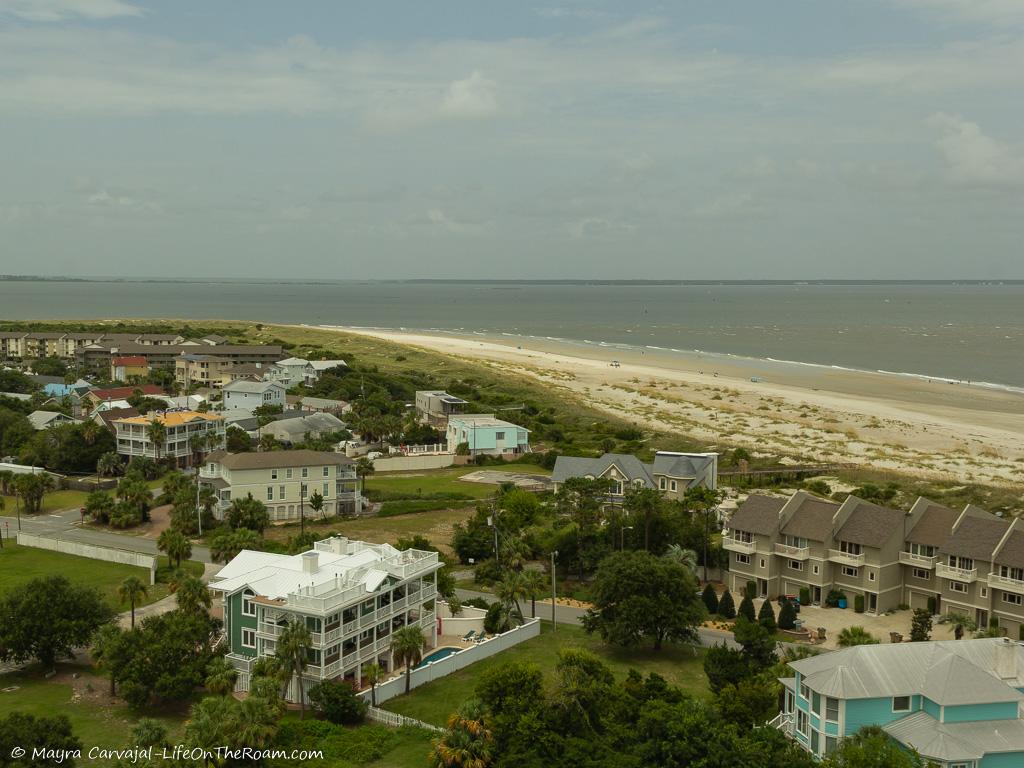
Make your way up the 178 steps of the spiral staircase to reach the observation deck and enjoy the best view of Tybee Island, the river, its beaches, and the historic houses below where the Head Keeper and the two Assistant’s Keepers lived.
The Historic Houses (Light Keepers’ Cottages) in Tybee’s Light Station
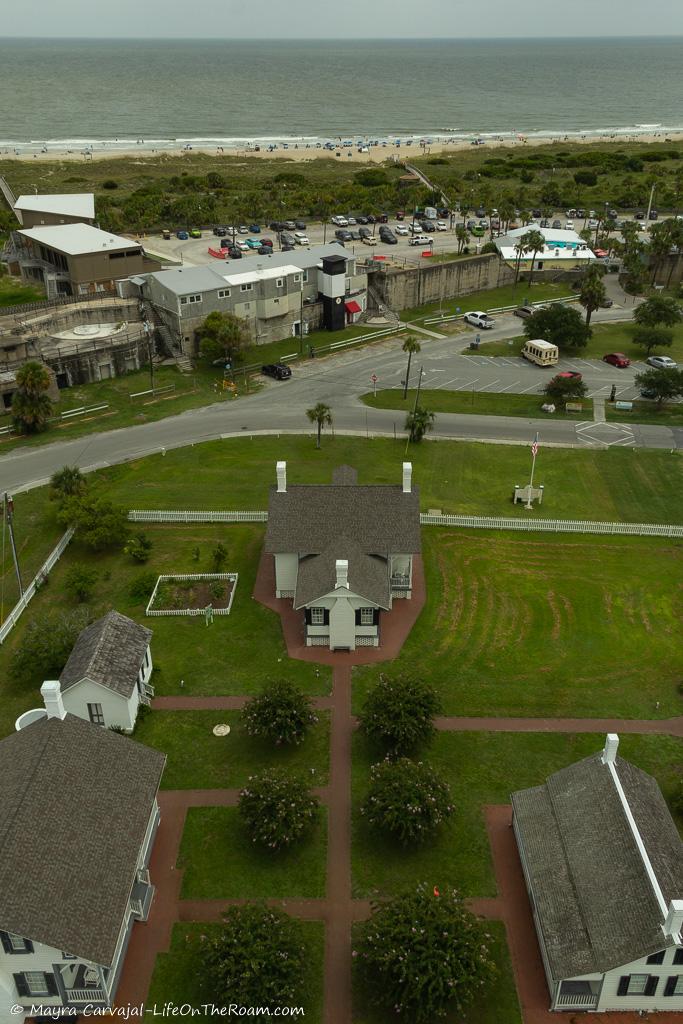
The three original – restored- houses occupied by the men who operated the lighthouse are still standing today, and they do a fantastic job at depicting domestic life at the end of the 19th century.
But first, why did it take three people to operate the lighthouse?
Back then turning the light on wasn’t as simple as flipping a switch. These people had to carry up heavy containers of oil to light up the lamps, keep the brass polished, and maintain the building. It was a demanding job.
The Head Keeper’s Cottage was built in 1881, with a Stick Style architectural style that was popular in the U.S. at that time.
Once you step inside you’ll think you crossed a portal that spits you out two centuries back in time.
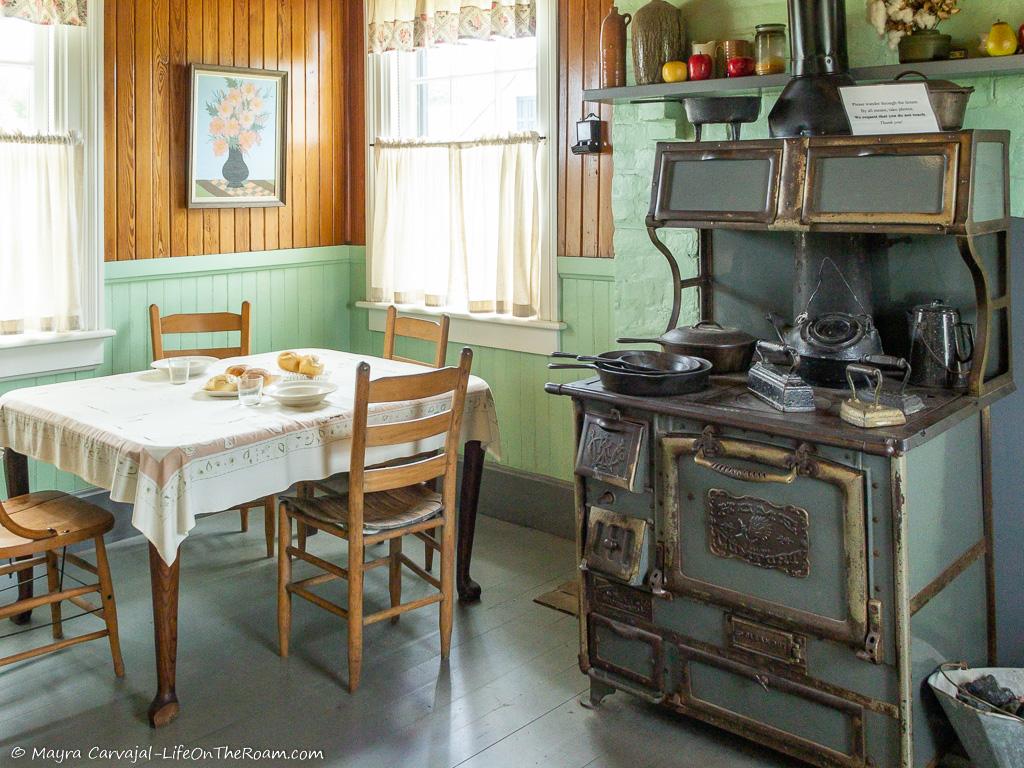
The house is furnished with period furniture, appliances, and accessories. You’ll see other items provided by the U.S. Lighthouse Service like the brass lamp and the -small- ration of oil.
The cottage (as well as the one for the First Assistant) didn’t have electricity until 1916. It took three more years to power the Second Assistant house (talk about being at the bottom of the ladder).
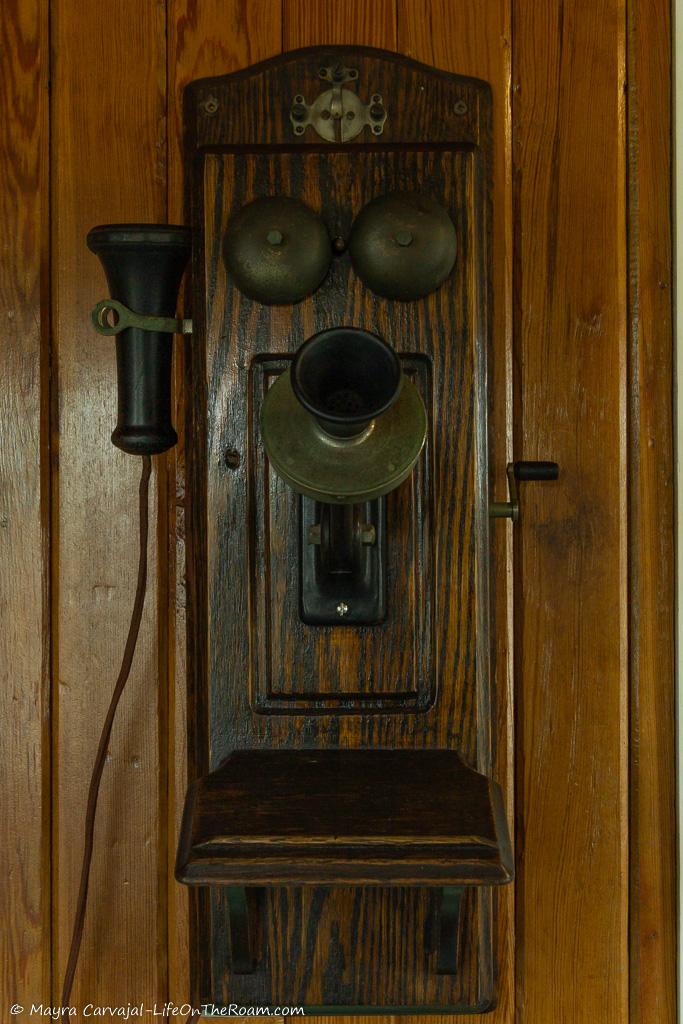
There are so many interesting things to see: the old kitchen, the furnishings, the historical photographs, the antique wall-mounted telephone, the antique clock, and all the classic toys. Does anybody else think antique dolls look creepy?
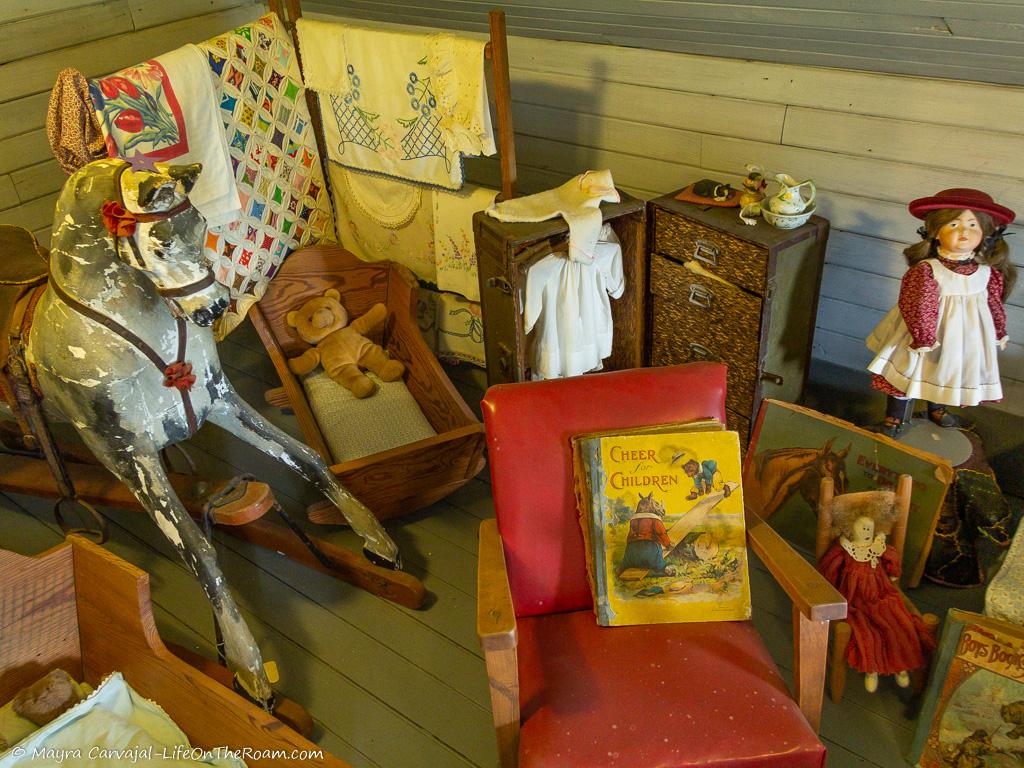
I particularly loved a special item in the house. It’s not a piece of furniture or an artifact, but a letter, dated 2017, from the Assistant Keeper’s son to the Lighthouse staff.
He shares his father’s memories working on site, and his own childhood memories, taking day trips to Fort Pulaski and to Fort Screven.
As I walked through the house I wondered what it must have been like to live here back then, away from everything. I enjoyed reading how much they loved this place and it made it all come to life.
You’ll also see the First Assistant Keeper’s Cottage which was rebuilt in 1885 after a fire. It houses offices and it’s not open to the public.
The Second Assistant Keeper’s Cottage lived in the barracks built for the Confederate soldiers in 1861. The property was remodeled in 1894 and it’s now a room where you can see a video about the Light Station.
Summers are hot and humid in Georgia, so you can imagine what it would be to cook inside the house, with no AC.
That’s when the summer kitchen came to the rescue. It was available to the three families and it was used for nearly 100 years.
Now it’s used to display historic artifacts found during archeological excavations, mainly comprised of everyday life objects belonging to the lighthouse keepers, ammunition, and garments from the Civil War. You’ll also find historic photographs, drawings, and a detailed history of the place.
There’s also a gift shop on site which is on what used to be the Light Station garage, built in the 1930s.
1939 marked the end of the U.S. Lighthouse Service. The Coast Guard took over and then vacated the Tybee Island Light Station in 1987.
But the lighthouse is still working and its beacon still guides the ships entering the Savannah River.
Tybee Island Light Station and Museum
30 Meddin Drive; 1.912.786.5801; Open Wed.-Mon.: 9AM-4:30PM (hours may vary). Closed Easter, Thanksgiving Day, Christmas Day, and New Year’s Day. General entrance: US$12 (it also gives you access to the Tybee Island Museum across the road)
Visit the Tybee Island Museum
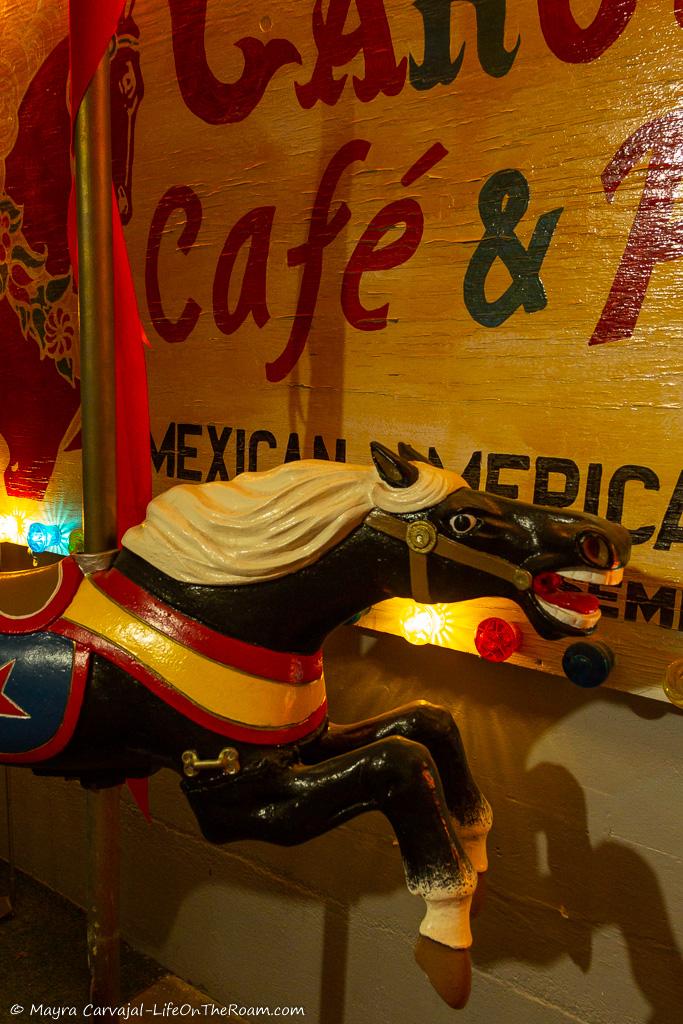
The Tybee Island Museum is located in Battery Garland, built in 1899 as part of Fort Screven, and it’s the place to learn about the history of the island.
The entrance ticket also gives you access to the Light Station across the road.
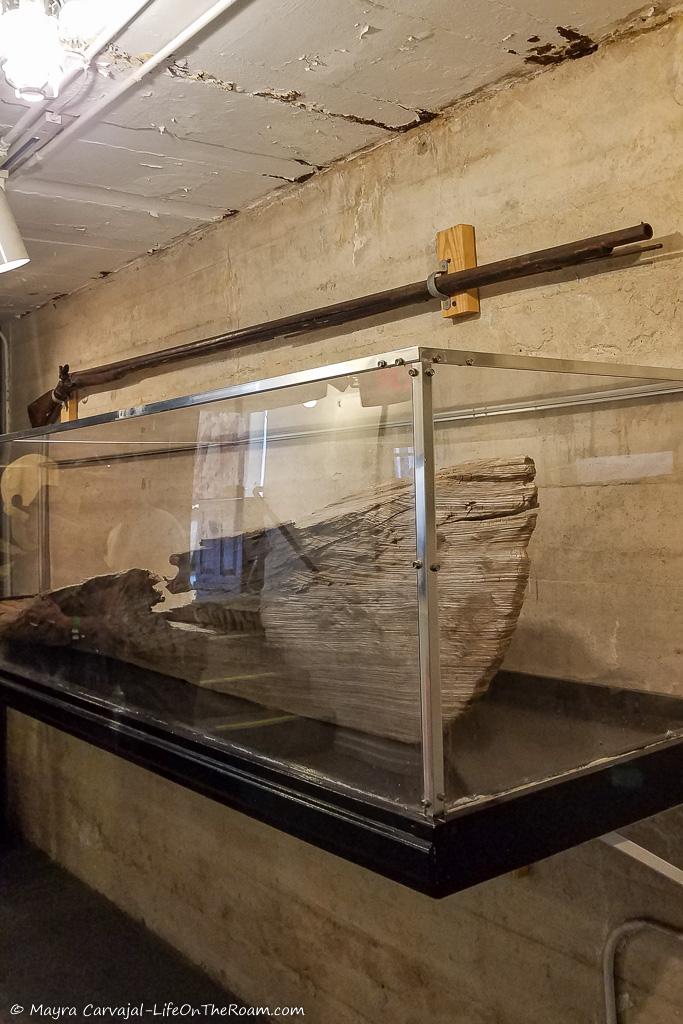
You’ll be walking in the rooms that were used to store ammunition where you’ll see historic artifacts: firearms, armours, boats used in the 1700s and 1800s, historic photographs, and rotating exhibits with original items from Tybee’s past.
About Fort Screven
Battery Garland was one of the seven batteries of the fort (six on Tybee Island and one on Cockspur Island where Fort Pulaski is). It was busy with 49 people manning the place, and equipped with its own rifled gun.
All the batteries were armed with artillery -never fired in battle-, and all the bells and whistles ready to fight the Spanish-American war and safeguard the mouth of the Savannah River and its surroundings.
The battle never happened on American soil, but the fort was used to train soldiers. Some were sent to Cuba in 1898, during the height of the war, many of whom didn’t die from battle wounds but from malaria.
Nowadays most of the buildings have been repurposed and some have become private residences.
Fort Screven’s history had a big impact on the development of Tybee. Its construction in 1897 marked a milestone on this island bringing an extra influx of people. And more people came when the fort was on alert during World War I.
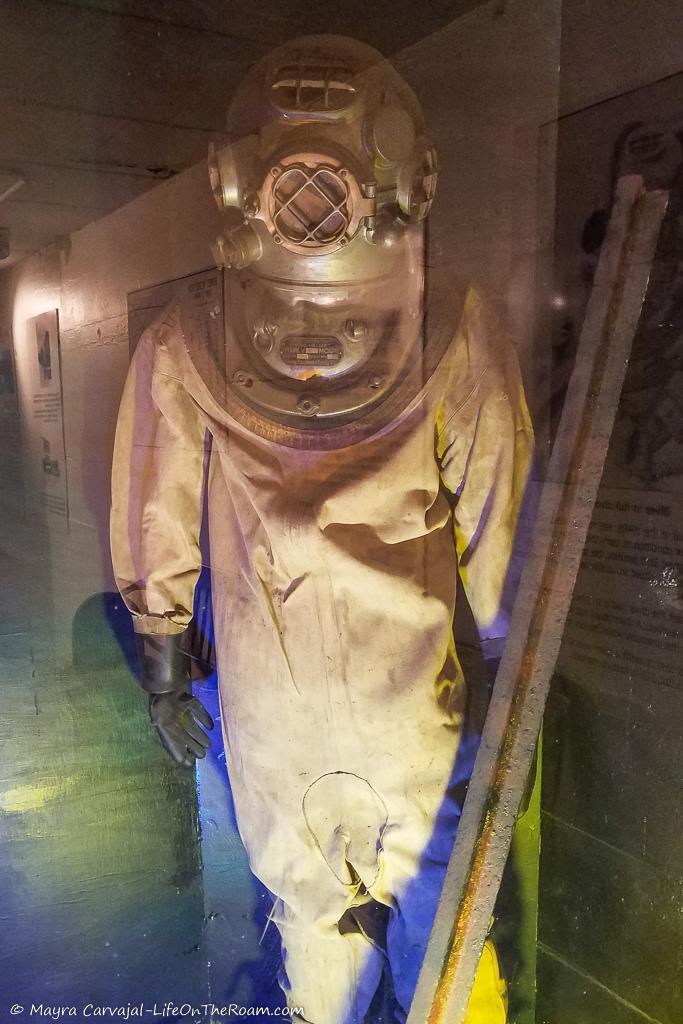
World War II started and the fort became a training site again, particularly for military diving and repair.
In 1944, Fort Screven was closed for good, it was bought by the town, and then sold in parts in an auction.
Historic Tour of Tybee Island: let a historian drive you around in a golf cart to off-the-beaten-path locations while you hear interesting stories about this unique place.
Book your ride, with a rating of 5/5 based on more than 115 reviews.
Visit Fort Pulaski National Monument
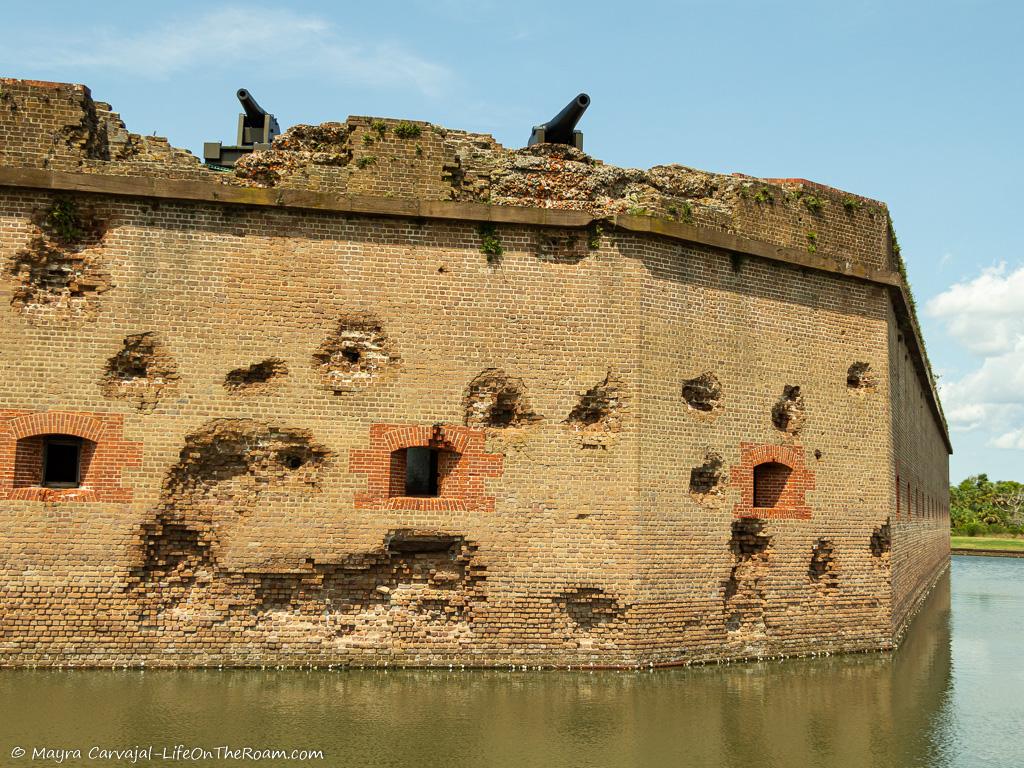
Walking trails, kayaking, and a fort that was (wrongly) deemed invincible await you on Cockspur Island, a mere five miles away from Tybee Island.
It’s also a stop in the Colonial Coast Birding Trail (that’s for you, birders!).
During the Civil War, the Confederates had taken over Fort Pulaski, feeling strong and secure behind its thick walls. Meanwhile, the Union Army secretly built 11 batteries on the northwest coast of Tybee Island, complete with new rifled cannons that pierced through the walls of the fort like a fork in a cupcake.
30 hours later the Confederates surrendered and enslaved people became closer to freedom.
To learn more about this historic site and its wonderful natural surroundings read my post about Fort Pulaski.
Relax at the Beaches
You’ll find miles of beaches on Tybee Island, each one with a different vibe, all excellent to spend a relaxed day or enjoy outdoor activities. These are the three beaches I visited:
North Beach
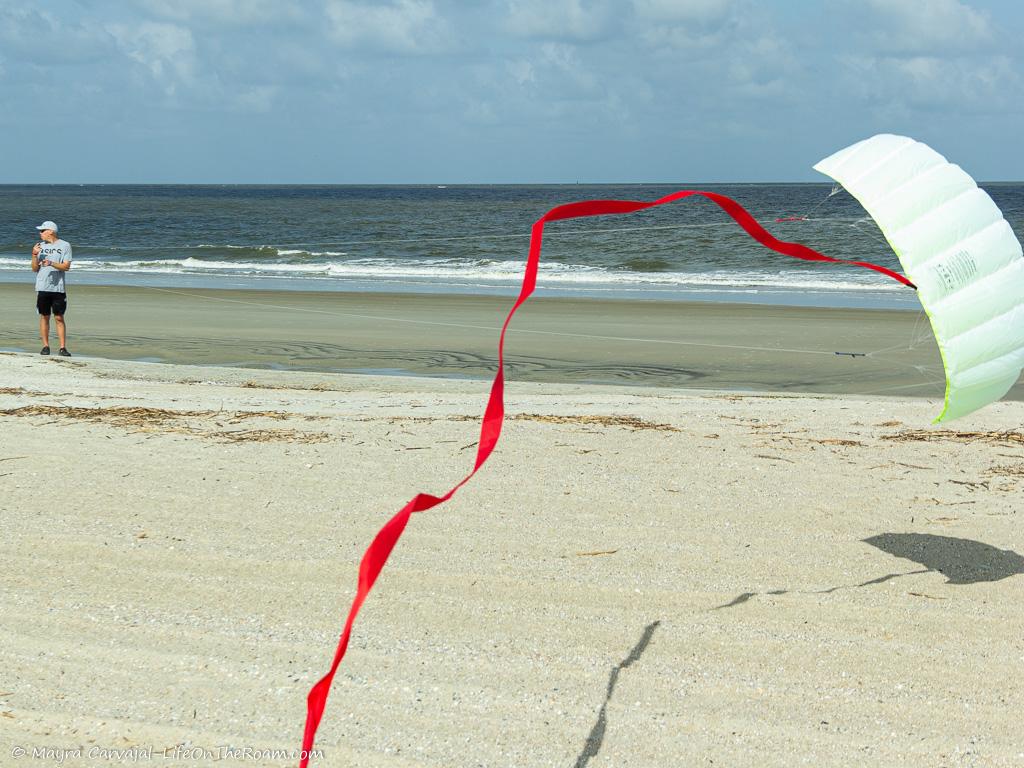
You’ll find North Beach within a stone’s throw away from the historic lighthouse, right behind Fort Screven. Walk through the parking lot and you’ll see the boardwalks that will take you to a long, flat, clean, and sandy beach, with gentle waves. As a bonus, you’ll see birds, birds, and birds (and dolphins).
This was my favourite beach on Tybee Island.
Surf Song B&B: stay near North Beach in this B&B located in a historic building, 600 metres from the water. Some units have a seating area, a fridge, and a sea view. All units have a private bathroom, AC, a flat-screen TV, and include breakfast. Bicycles available for rent.
Stay at this B&B, with a rating of 9.4 based on more than 20 reviews.
South Beach
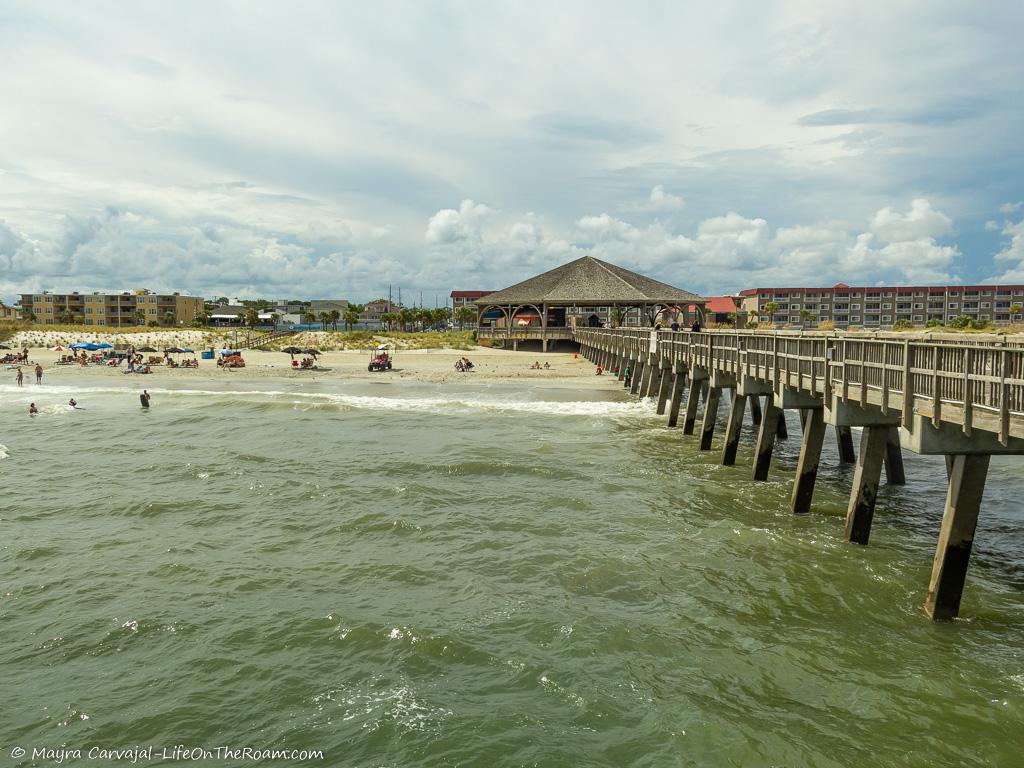
In addition to the long and wide sandy beach, you’ll find the Tybee Island Pier Pavillion. The massive pier is one of the major attractions of this beach from where you can spot wildlife or break out your fishing pole.
To get there drive south along Butler Ave., turn left on Tybrisa St. and drive till the end of the road to find the public parking lot.
Beachview Inn and Spa: only 300 metres away from beach and with free parking, the units at this 4-star hotel have AC, a seating area and a flat-screen TV. Some have a terrace. Free use of bicycles available and breakfast included.
Book your stay here, with a rating of 9.4 based on more than 110 reviews.
Back River Beach
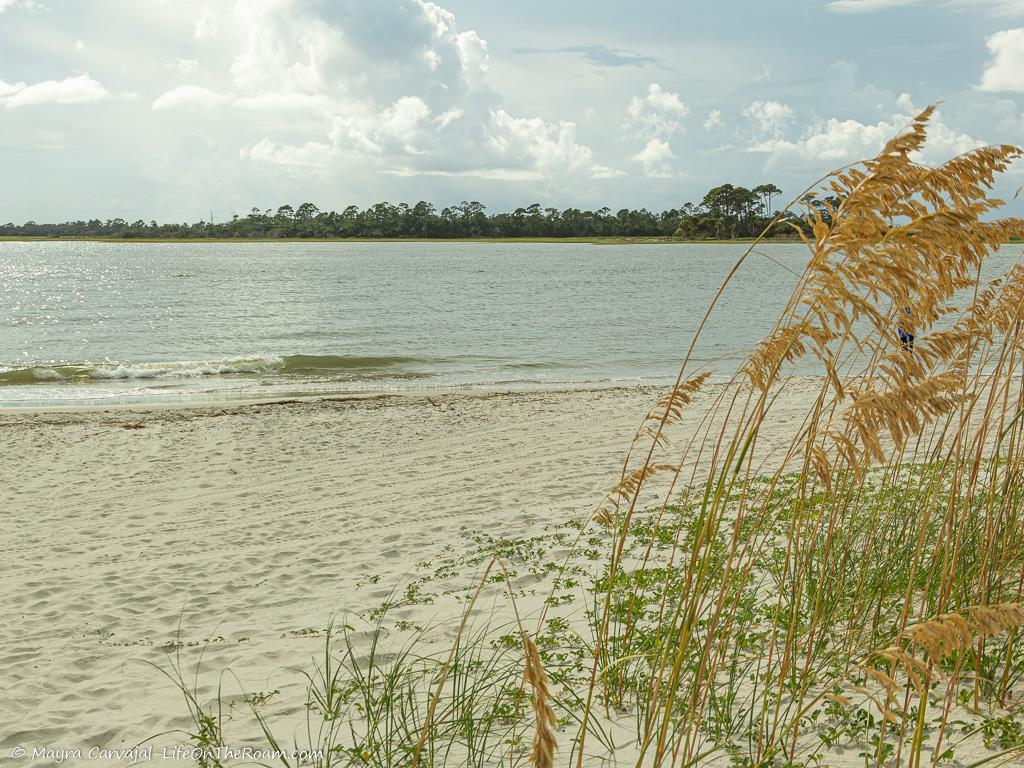
This dune-like sandy beach on Tybee Creek has gentle waves and is narrower and quieter than the other beaches. Great for watching dolphins.
The creek is a popular spot for kayaking and you’ll find several companies offering guided tours. If you’re bringing your own kayak you’ll find a ramp on Alley St.
Make sure to familiarize yourself with the area and the tides to avoid ending up in the open ocean or stranded at low tide.
To get here, drive south along Butler Ave, and turn right on Inlet Ave. to park at the end of the street (unless you come with your kayak).
Enjoy Bird Watching and Spot the Wildlife
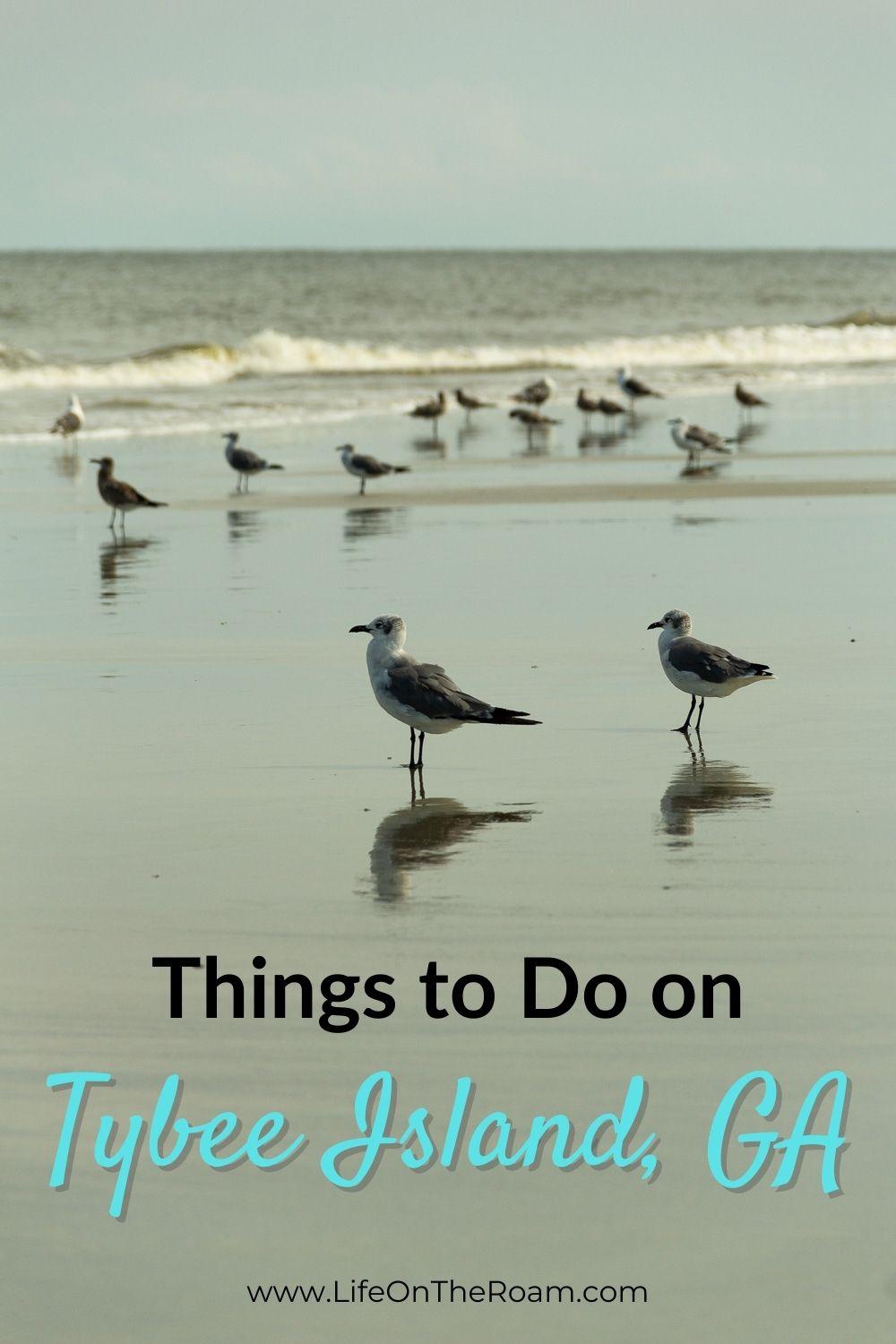
North Beach on Tybee Island is part of the Colonial Coast Birding Trail, a collection of 17 sites along the Georgia coast where more than 300 species of birds have been recorded.
On the shoreline, you may see piping glovers and northern gannets, as well as gulls and terns all year round, and shorebirds from fall to spring
If you’re looking for Purple sandpipers look no more, this is your place. You’ll find them here in the winter.
What other wildlife you may see? The mighty dolphin and sea turtles.
Check Out the Local Art
Tybee Island has several small shops and art galleries where you can see the work of local artists.
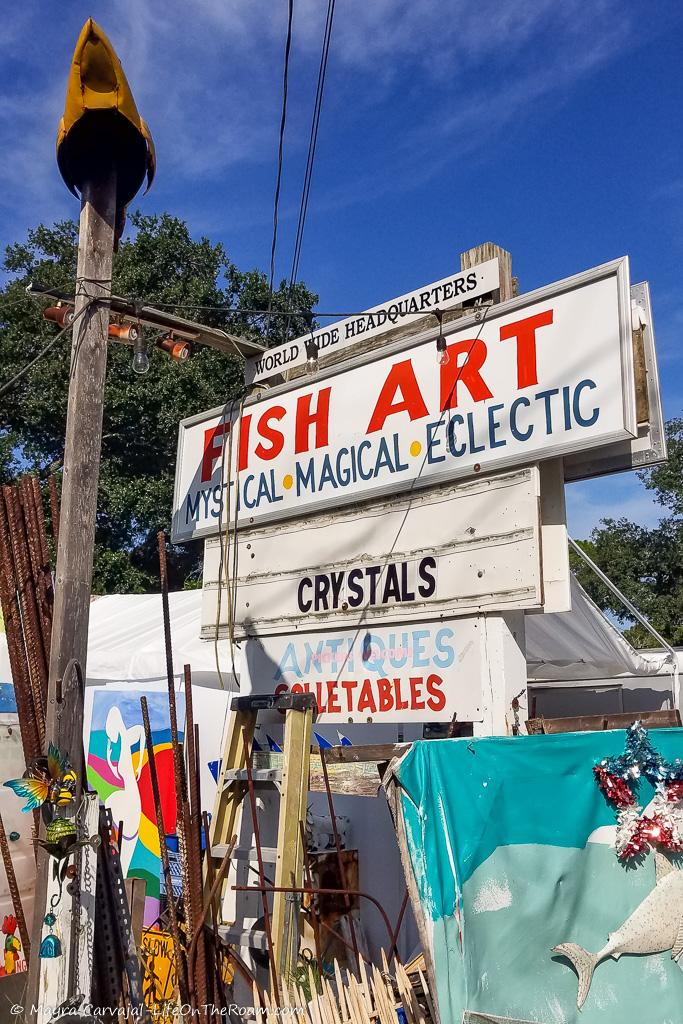
Fish Art (1209B US Highway 80): visiting the store/gallery is like entering a messy garden. You’ll find many overgrown weeds and in between, you’ll find beautiful, rare, and colourful flowers making you feel happy you took the time to explore it.
You may find nothing, or you may find that unique, vintage, rare piece that will add the perfect touch to your design. Stop by and find out.
A cute shop I liked is Tipsy Mermaid Art (1213 US Highway 80), carrying handmade items, including pottery, with coastal motifs. Their vases, mugs, plates, or bracelets, will make you want to go back to the beach right away.
The Tybee Cottage Art Gallery (1209 US Highway 80) is where local artists get together to display their artwork and showcase how they got inspired by their beautiful surroundings.
Tybee Island or Hilton Head?
Each island has a different vibe so if you have time visit both.
Hilton Head Island is full of resorts and private developments, with manicured landscaping, a fabulous nature reserve, and one of the best beaches in the United States.
On Tybee Island, you get the true feeling that you’re in a coastal town with beautiful beaches.
If you can only visit one, I would choose Tybee Island because it’s more relaxed and open. You can go pretty much everywhere without facing a gate and a security guard.
Are you ready to grab your towel, your binoculars or climb the 178 steps of the historic lighthouse to enjoy the view? Whether you head to the beach to relax, to kayak, or to do some bird watching, Tybee Island will be a great addition to your travel plans.
CHECK THESE NEARBY DESTINATIONS
BOOKING FLIGHTS AND ACCOMMODATIONS
Book your flight without losing your shirt
We check Momondo to find great deals to book our flights. Also, check Great Escape: it combines the listings from Expedia, Kiwi, Kayak, (and Skyscanner on the premium service) to find the best airfares.
To find a place to stay for less
Booking.com: this site combines everything under the sun. You’ll find hotels, apartments, B&B, hostels, rooms, etc., with all sort of filters to make your search a breeze.
Hotwire: the first site I check when we plan to stay at a hotel for a few nights. You can save anything from 20% to 60%. Use the search filter to find what you want and you’ll end up with three listings that match your criteria. You’ll know which one you’ll get after you book. If you can handle a little bit of uncertainty you can score big savings.
House Sitting: you take care of people’s pets and house for free while staying for free. It’s the closest thing to experiencing a place “like a local”. But it comes with responsibilities… Are you an animal lover? It may become your new way to travel.
To get travel insurance
SafetyWing: travel medical insurance that gives us peace of mind knowing that we’re covered in case of emergency. It’s convenient, affordable, and suitable for digital nomads who spend a long time outside their home country.
Check the full list of travel resources on my Resource Page for more options and savings
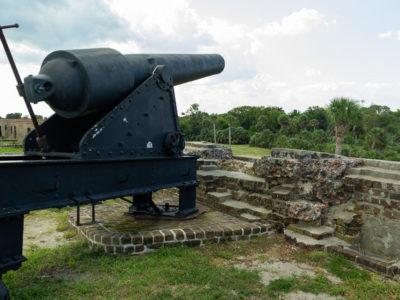
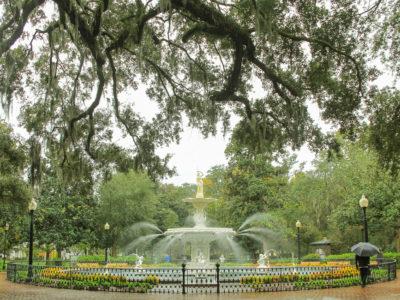
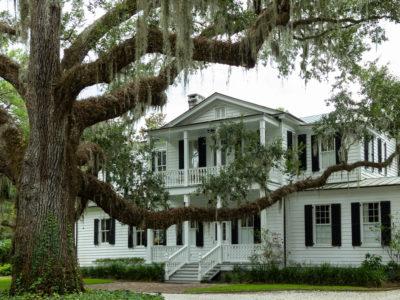
A fantastic look into the past & lighthouse (which I love), the fort & pier look amazing. I will be sure to add this to my ‘DO’ list.
If you love lighthouses you’ll have the chance to go to the top of Georgia’s tallest!
Great info!
Thank you!
I live in South Africa and this articles makes me want to visit this beach! Thanks for the great information!
You’re welcome! Tybee has great beaches and they’re wide and long so it doesn’t feel too busy.